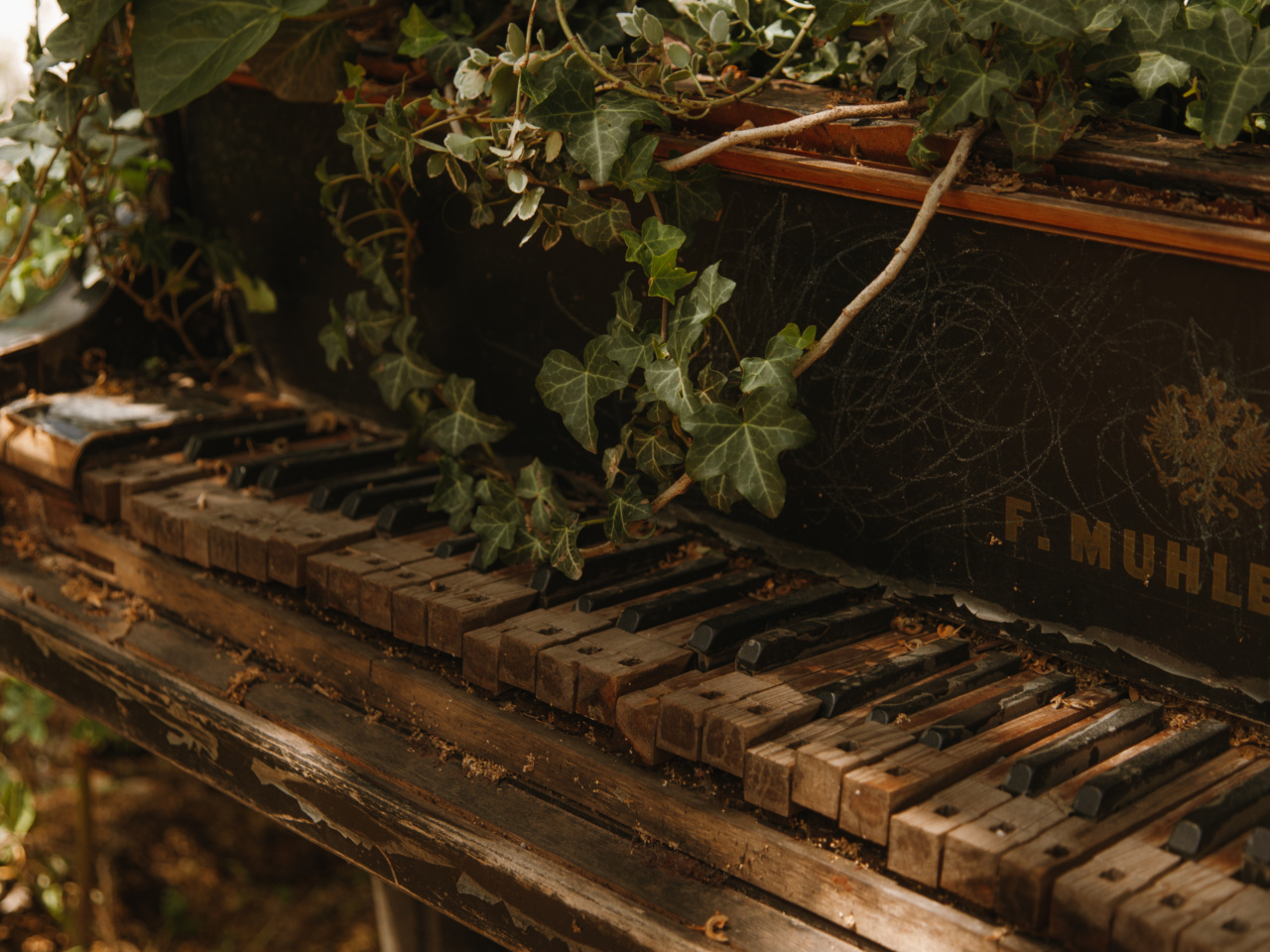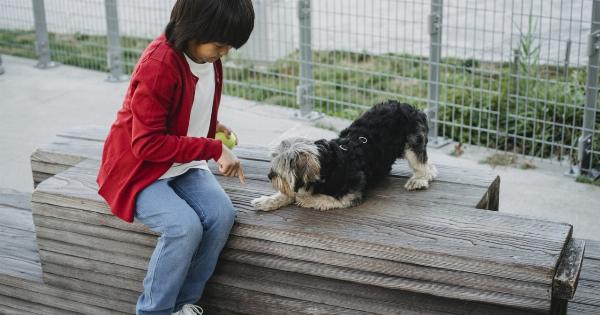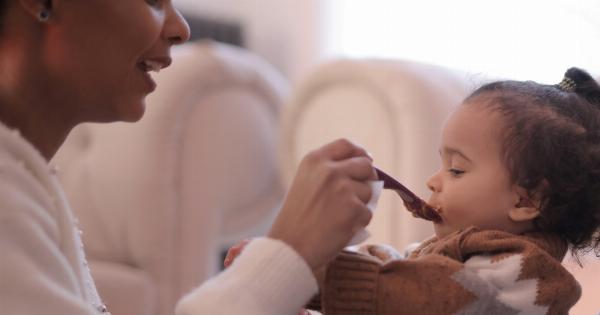As dog owners, we want our furry friends to stay happy and healthy for as long as possible. However, just like humans, dogs age, and with age comes the need for extra care and attention.
It’s important to be aware of the signs that indicate your dog is getting older so that you can provide them with the necessary support. In this article, we will discuss five hints that your dog is growing old.
1. Gray Hair and Changes in Coat
One of the most obvious signs that your dog is aging is the appearance of gray hair. Just like humans, dogs’ hair may start turning gray or white as they get older. Pay attention to any changes in the color of your dog’s coat.
Moreover, you may also notice alterations in the texture of their fur, such as it becoming coarser or thinner.
It’s important to remember that changes in your dog’s coat can also be a result of health issues or other factors, so if you observe any drastic alterations, it’s always best to consult with your veterinarian.
2. Decreased Energy Levels
If you notice that your once energetic and lively pooch is slowing down and becoming less active, it might be a sign that they are growing older. Dogs, just like humans, may experience a decrease in their energy levels as they age.
Keep an eye out for any reluctance to engage in their usual exercise routine or a decreased interest in playing.
While a slight decrease in energy is natural with aging, any sudden or drastic changes in your dog’s energy levels should always be evaluated by a veterinarian to rule out any underlying health issues.
3. Joint and Mobility Problems
As dogs age, they may develop joint problems such as arthritis. If you notice that your dog is having difficulty getting up, climbing stairs, or walking, it could be a sign that their joints are becoming stiff and painful.
Pay attention to any limping, favoring certain limbs, or a reluctance to engage in activities that require physical exertion.
There are various treatment options available to manage joint problems in dogs, so it’s important to consult with your veterinarian to provide your furry friend with the appropriate care.
4. Changes in Behavior
Another hint that your dog is growing old is changes in their behavior. Dogs, much like humans, can experience cognitive decline as they age, which may result in behavioral changes.
Some common behavioral changes in aging dogs include increased agitation or restlessness, confusion, disorientation, and changes in sleep patterns.
If you notice any significant shifts in your dog’s behavior or personality, it’s crucial to consult with your veterinarian to assess whether any underlying medical conditions could be contributing to these changes.
5. Dental Problems
Oral health issues are not uncommon in aging dogs. You may observe that your dog has bad breath, difficulty eating, swollen gums, or tooth loss. These signs can indicate gum disease, tooth decay, or other dental problems.
Regular dental care, such as brushing your dog’s teeth and providing appropriate chew toys, can help prevent or alleviate dental issues.
It’s advisable to have your dog’s teeth checked regularly by a veterinarian and follow their recommendations for dental care.
Conclusion
As your beloved canine companion grows older, it’s important to be aware of the signs that indicate their aging.
From physical changes like gray hair and decreased energy levels to behavioral shifts and dental problems, understanding these hints allows you to provide your dog with the support and care they need in their senior years.






























